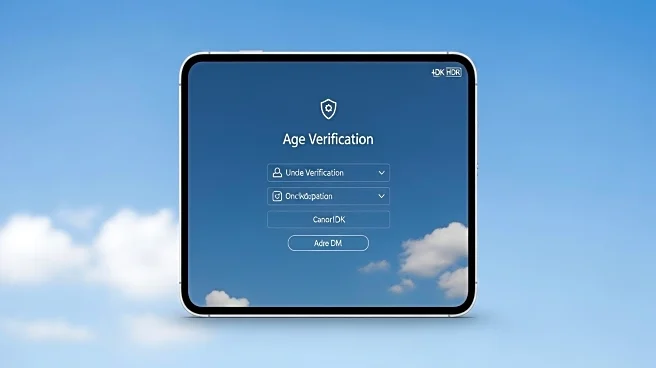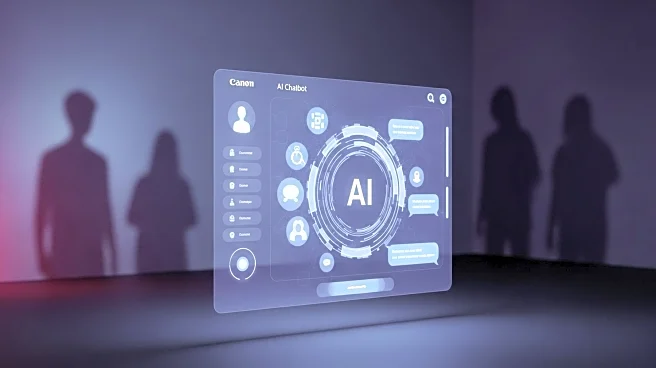What's Happening?
YouTube has introduced an artificial intelligence system to estimate user ages, responding to legal pressures to protect minors online. This move follows the US Supreme Court's decision in Free Speech Coalition Inc. et al. v. Paxton, which upheld state authority to mandate age verification for accessing explicit content. The AI system analyzes viewing habits and search history to identify minors, automatically applying safety features like restricted access to mature content. This approach avoids universal ID checks but raises privacy concerns due to the collection of sensitive data.
Why It's Important?
The implementation of AI-driven age verification by YouTube marks a significant shift in compliance standards for tech companies. It highlights the growing legal and political pressure to protect minors online, potentially setting a precedent for other platforms. This development could lead to increased litigation and regulatory scrutiny, impacting businesses in the digital space. Companies may face higher compliance costs and challenges in balancing privacy concerns with legal obligations.
What's Next?
As industry standards evolve, businesses will need to reassess their risk management protocols to comply with new regulations. The Supreme Court's decision may lead to more states enacting similar laws, increasing the compliance burden for online platforms. Companies must navigate a complex legal landscape, balancing privacy concerns with the need to protect minors.












